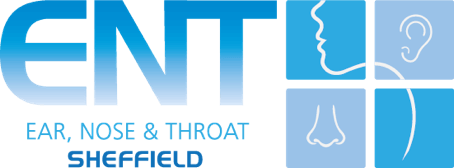Snoring is a relatively common condition. The aim of a consultation to manage this condition appropriately is to distinguish between simple snoring and obstructive sleep apnoea (OSA).
How is sleep apnoea treated in children?
Sleep apnoea can be defined as a serious sleep-related disorder that is characterised mainly by the stopping and starting of breath as you sleep. Anyone can suffer with this condition, even young children, and it is something that should be checked out by a specialist.
What are the symptoms of sleep apnoea in children?
Sleep apnoea can present itself with a variety of symptoms, but many people find it hard to self-diagnose. The NHS website recommends asking someone to stay with you while you sleep so they can check for the symptoms on your behalf.
If a child has suspected sleep apnoea, it would be a good idea for a parent or carer to sit with them as they sleep and record their habits. The main symptom to look out for is excessive snoring. This goes alongside the child’s breathing stopping and starting, making gasping or choking noises whilst asleep, as well as waking up a lot. Children with obstructive sleep apnoea do not sleep calmly - tossing/turning and being all over the place during the night. Some children who were previously dry at night may start bedwetting.
Further to this, due to the disruptive nature of the condition, sufferers often feel very tired during their waking hours and struggle with headaches, mood swings and an inability to focus. Children who have sleep apnoea are also much more likely to have behavioural problems, perform poorly in school, have poor weight gain and become hyperactive.
The British Lung Foundation also states tossing and turning, jerky body movements and the need to go to the toilet during the night as further sleep apnoea related symptoms.
What can cause sleep apnoea in children?
Sleep apnoea can affect any age group, even children, but there are a number of factors which heighten the risk of developing this disorder.
Weight plays a big role. As with many health conditions, individuals with increased BMI are more likely to suffer from sleep apnoea, and even if not, the cause it can worsen the symptoms. This is because the increased fat around the neck and throat impedes airflow.
Males over the age of 40 are the most at-risk group, as well as those who have a family history of the condition. Physical appearance can also play a part as those with a larger neck size, large tonsils, a large tongue or a small jawbone are also most at risk.
Diagnosis and treatments for sleep apnoea in children
If your child has any of the main symptoms of the disorder, then it is advisable to see a GP who is likely to refer you to a specialist. There are a number of treatments available for the disorder, such as continuous positive airway pressure using a machine, oral devices that keep airways open, nerve stimulation or surgery (nose or throat surgery).
The commonest cause of sleep apnoea in children is enlarged adenoids and tonsils. This is usually treated by surgery to remove them. In adults, sleep apnoea is commonly multifactorial i.e caused by one, two or sometimes up to three reasons. Everyone is different and has different needs, so the best way to find out what is best for you or your child is to contact ENT Sheffield today and begin the journey to better sleep.


